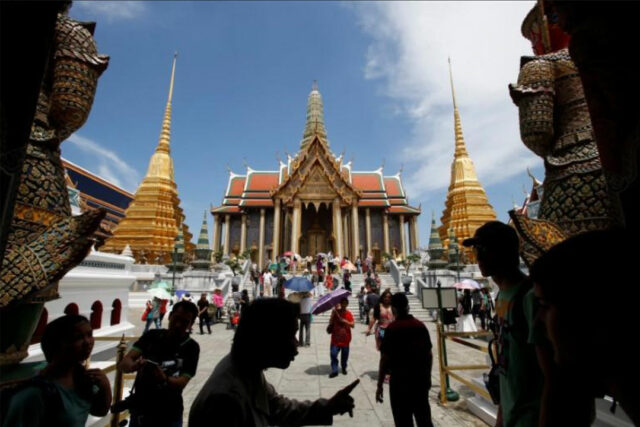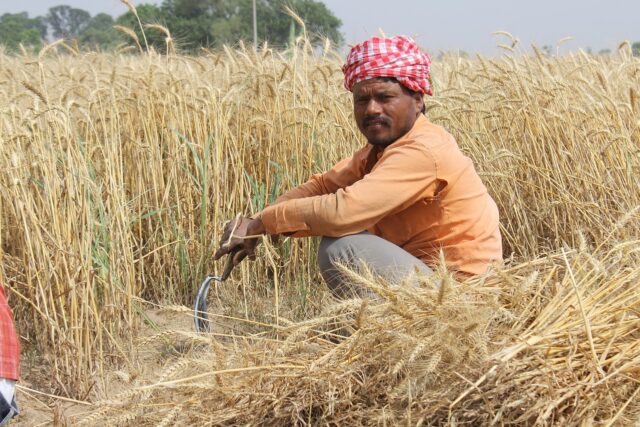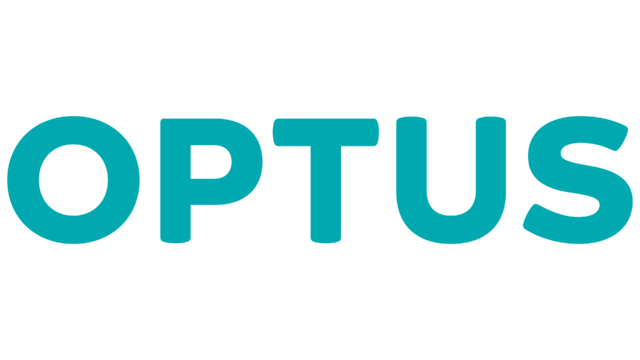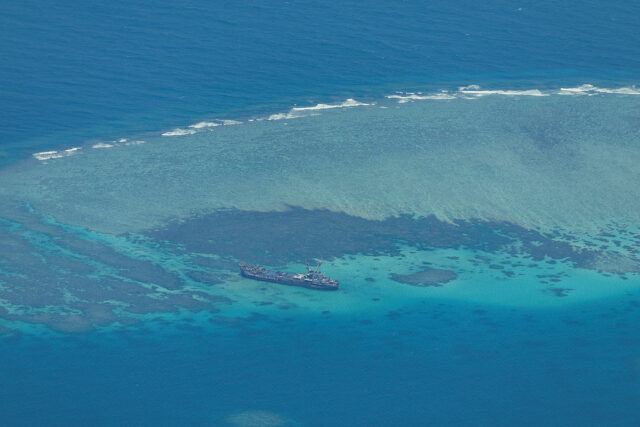Rosalynn Carter, former US first lady, dies at 96

FORMER US first lady Rosalynn Carter, who President Jimmy Carter called “an extension of myself” owing to his wife’s prominent role in his administration even as she tirelessly promoted the cause of mental health, died on Sunday at age 96, the Carter Center said.
Rosalynn Carter, who in recent days had entered hospice care at home in Plains, Georgia, died with her family by her side, according to a statement released by the Carter Center, a nonprofit organization founded by the couple.
Jimmy Carter, a Democrat, served as president from 1977 to 1981. He and his wife were the longest-married US presidential couple, having wed in 1946 when he was 21 and she was 18. After his single term as president ended, he has also enjoyed more post-White House years than any president before him, and she played an instrumental role during those years, including as part of the Carter Center and the Habitat for Humanity charity.
Her family in May disclosed that she had dementia but was continuing to live at home. Jimmy Carter, 99, himself is in hospice care after deciding in February to decline additional medical intervention.
“Rosalynn was my equal partner in everything I ever accomplished,” the former president said in the statement. “She gave me wise guidance and encouragement when I needed it. As long as Rosalynn was in the world, I always knew somebody loved and supported me.”
She was seen as unassuming and quiet before coming to Washington in 1977 but developed into an eloquent speaker, campaigner and activist. Her abiding passion, which carried far beyond her White House years, was for the mentally ill, not because of any personal connection but because of a strong feeling that advocacy was needed.
“The best thing I ever did was marry Rosalynn,” Mr. Carter told the C-SPAN cable TV channel in 2015. “That’s the pinnacle of my life.”
Before her husband was elected president in 1976, Rosalynn was largely unknown outside of Georgia, where he had been a peanut farmer-turned-governor. He lost his 1980 re-election bid to Ronald Reagan, a Republican former California governor and Hollywood actor.
In Washington, the Carters were a team, with the president calling her “an extension of myself” and “my closest adviser.” She was often invited to sit in as an observer at cabinet meetings and political strategy discussions. In a 1978 interview with magazine editors, Mr. Carter said he shared almost everything with his wife except top-secret material.
“I think she understands the consciousness of the American people and their attitudes perhaps better than do I,” he said.
She also was sent on important official missions to Latin America and was part of the unsuccessful campaign for ratification of the Equal Rights Amendment to the US Constitution to ensure equal treatment of women under the law.
The Iranian hostage crisis, in which American diplomats and others were held captive in Tehran after the Islamic revolution, occurred when Mr. Carter was seeking re-election. The crisis contributed to the downfall of his presidency as he refrained from campaigning while trying to resolve the standoff.
During that time, Rosalynn Carter sought to support her husband by speaking in 112 cities in 34 states during a 44-day tour. Her speeches and forays into crowds were credited with helping Mr. Carter defeat Democratic challenger Ted Kennedy in the 1980 primaries, although he went on to lose overwhelmingly to Mr. Reagan.
President Joseph R. Biden, who served in the Senate during the Carter presidency, and first lady Jill Biden said in a statement that Rosalynn Carter “walked her own path, inspiring a nation and the world along the way.”
“She was a champion for equal rights and opportunities for women and girls; an advocate for mental health and wellness for every person; and a supporter of the often unseen and uncompensated caregivers of our children, aging loved ones and people with disabilities,” the Bidens said.
Former Presidents Bill Clinton, George W. Bush, Barack Obama and Donald Trump also lauded her.
MENTAL HEALTH INTEREST
Eleanor Rosalynn Smith was born Aug. 18, 1927, in Plains to Edgar and Alice Smith, and married Mr. Carter on July 7, 1946. They went on to have four children.
Her interest in mental health issues stemmed from the early 1970s when she began to realize, while helping her husband campaign for governor, the depth of the problem in her home state of Georgia and the reluctance of people to talk about it.
As first lady of Georgia, she was a member of a governor’s commission to improve services for the mentally ill.
In the White House, she became honorary chair of the President’s Commission on Mental Health, key to passage of a 1980 act that helped fund local mental health centers.
After leaving Washington she pursued her work through the Carter Center, which the couple founded in Atlanta in 1982. She continued to advocate for mental health, early childhood immunization, human rights, conflict resolution and the empowerment of urban communities.
“I hope our legacy continues, more than just as first lady, because the Carter Center has been an integral part of our lives. And our motto is waging peace, fighting disease and building hope. And I hope that I have contributed something to mental health issues and help improve a little bit the lives of people living with mental illnesses,” she told C-SPAN in a 2013 interview.
In their post-Washington years the Carters were also key figures in the Habitat For Humanity charity, helping build homes for needy families. Their humanitarian efforts were crowned in 2002 when Jimmy Carter was awarded the Nobel Peace Prize.
“I am especially grateful to Rosalynn, who has been a part of everything I’ve done,” a teary-eyed Jimmy Carter said in a speech in Plains after learning he had won the award.
Both Carters were active in the Plains community, including at the Maranatha Baptist Church where Rosalynn served as a deacon and Jimmy as a deacon and long-time Sunday school teacher.
The Carter Center said she also is survived by her four children, 11 grandchildren and 14 great-grandchildren. — Reuters
















